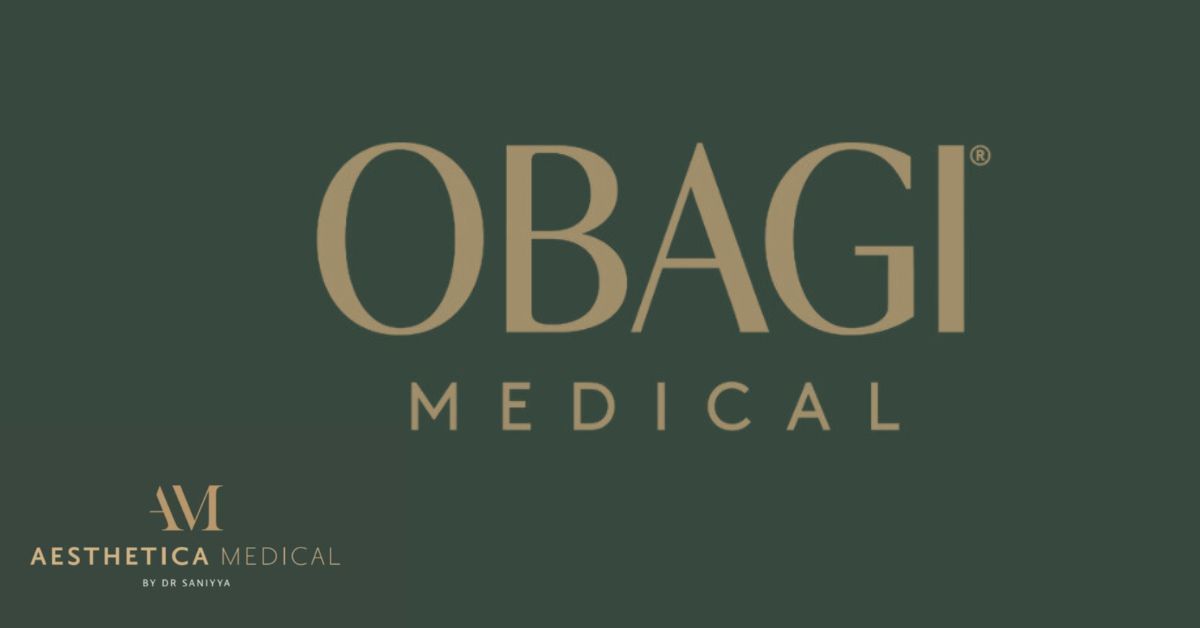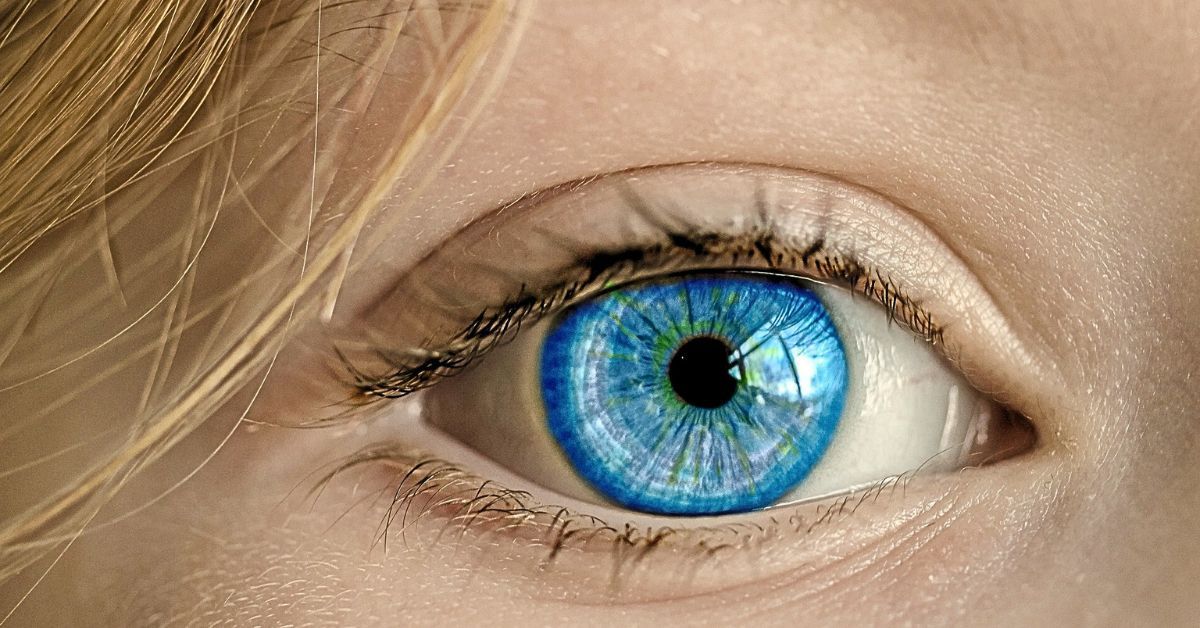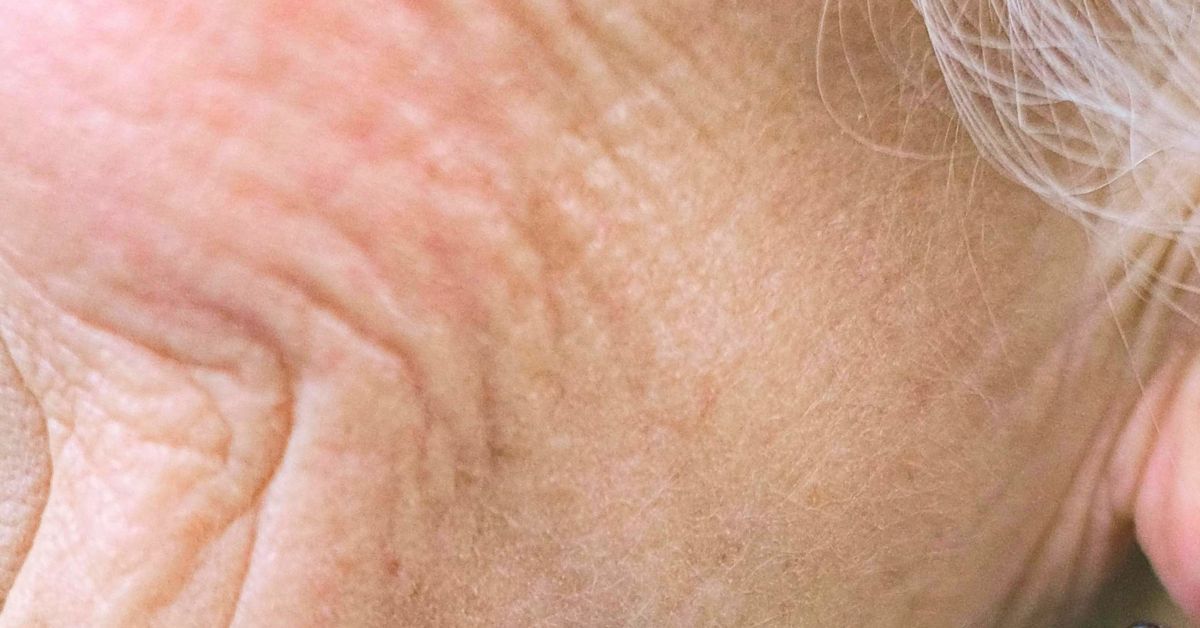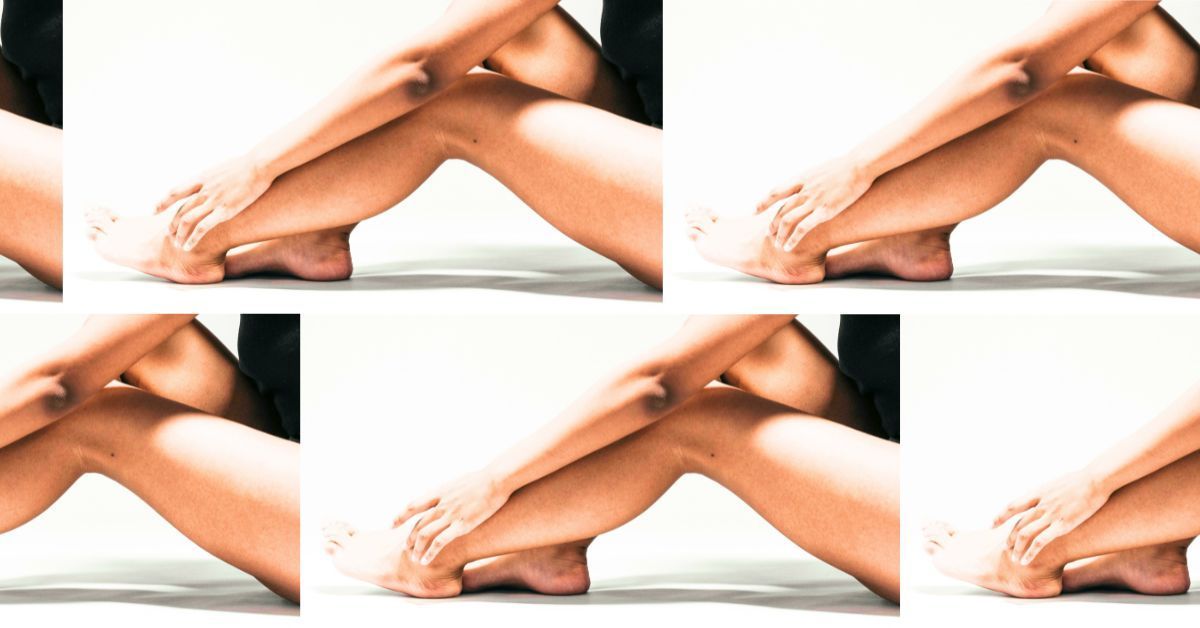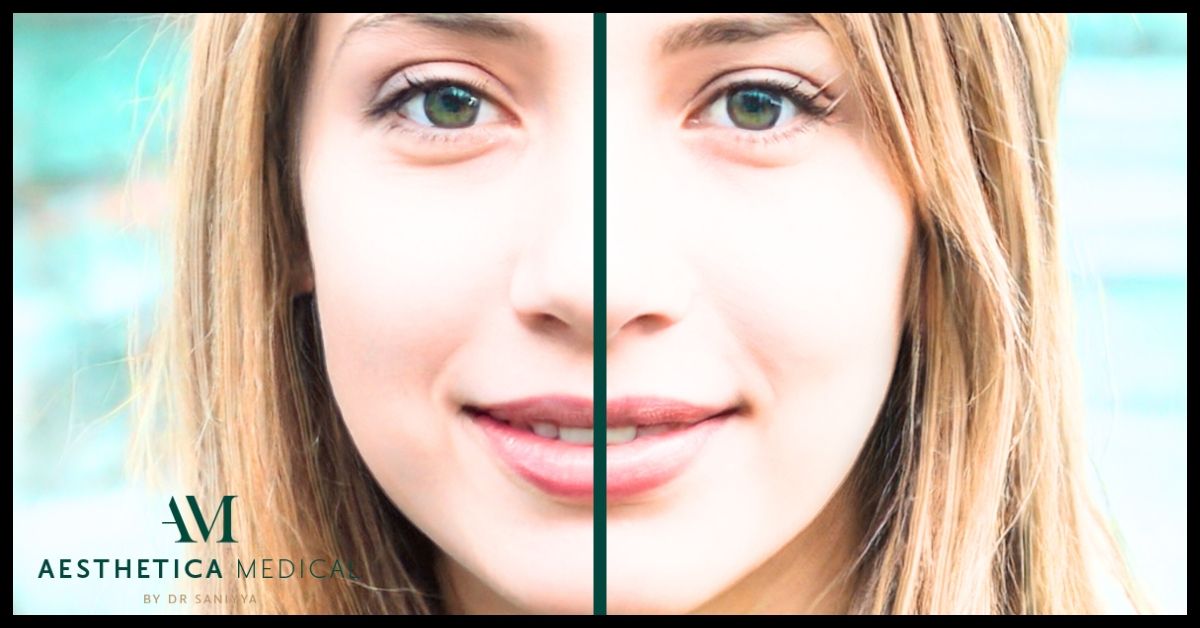Cryotherapy Treatments
What Is Cryotherapy?
Cryotherapy - derived from the Greek words 'cryo' (cold) and 'therapeia' (cure) - is an innovative treatment that harnesses the power of extreme cold temperatures for therapeutic benefits. Cryotherapy is one of those words that could relate to 2 types of treatments. As a patient, you mustn't get the two mixed up and book in for the wrong one! In simple terms, cryotherapy involves using very cold temperatures for therapeutic purposes.
The whole body version is where you sit in a tank and are subjected to temperatures lower than -100°C for a period of 2-4 minutes. It might sound a bit sci-fi, but it's actually a treatment that can have some real benefits. The treatment we offer at Aesthetica Medical is localised Leeds cryotherapy, sometimes termed cryosurgery. This is the version that uses very cold temperatures in the form of a gas to remove various types of skin lesions.
The Science Behind Cryotherapy
How does cryotherapy, using the CryoPen, actually work? It's all about the precise application of extreme cold to destroy unwanted tissue such as skin tags and age spots. The CryoPen uses nitrous oxide (N₂O) at a temperature of -89°C. This extreme cold rapidly freezes the cells of the targeted lesion. This rapid freezing causes ice crystals to form within the cells.
These ice crystals rupture the cell membranes, effectively destroying the cells without damaging the surrounding healthy tissue. It's controlled demolition of the unwanted cells. This is why it's so precise, and why we favour nitrous oxide over liquid nitrogen, which can be much harder to control.
Why Localised Cryotherapy with the CryoPen?
The precision of localised cryotherapy using the CryoPen makes it particularly well-suited for cosmetic procedures. Distinct from some older methods that might affect surrounding tissue, the CryoPen allows us to target lesions with incredible accuracy. This equates to less discomfort for you and a faster recovery.
The speed of the treatment is another big advantage; many procedures can be completed in a matter of seconds. This also means you can usually get back to your daily activities immediately after a session, with no downtime to consider. Another benefit is, that because the CryoPen doesn't touch the skin, it also eliminates the need for messy gels or applicators.
What Skin Conditions Can CryoPen Treat?
The CryoPen offers safe and effective treatment for a wide range of common skin concerns. During your consultation, we'll assess your specific condition and discuss whether CryoPen is the most suitable treatment option for you. Most patients see significant improvement after just one session, though some conditions may require follow-up treatments for optimal results.
The Cryopen device can treat the following conditions:
Common Skin Lesions:
- Skin tags
- Milia
- Warts and verrucas
- Cherry angiomas
- Seborrhoeic warts
Age-Related Concerns:
- Age spots (solar lentigines)
- Sunspots
- Seborrheic keratoses
- Actinic keratoses
Pigmentation Issues:
- Pigmented spots (assessed with dermoscopy)
- Hyperpigmented lesions
Other Treatable Conditions:
- Haemangiomata
- Benign skin lesions (1mm - 10mm in size)
Each condition responds differently to treatment, and during your consultation, we'll provide a detailed treatment plan tailored to your specific needs. We'll also discuss the number of sessions you might require for optimal results.
What to Expect During a Cryotherapy Treatment
What does a typical cryotherapy session feel like? You might feel a slight cooling sensation, and perhaps a mild stinging as the CryoPen is applied to the area.
Most people find the treatment very quick, and any discomfort is usually very mild and short-lived. We will provide you with aftercare advice but this is pretty minimal for this treatment. Most patients feel that they can return to normal duties immediately.
If you're curious to learn more about how cryotherapy can help with your skin concerns, we'd love to answer any questions you may have. Why not book a consultation with our team for a personalised assessment? We look forward to seeing you soon.
We are dedicated to providing you with the highest quality care and achieving optimal results. Book in for an appointment to see how we can help with your concerns.


